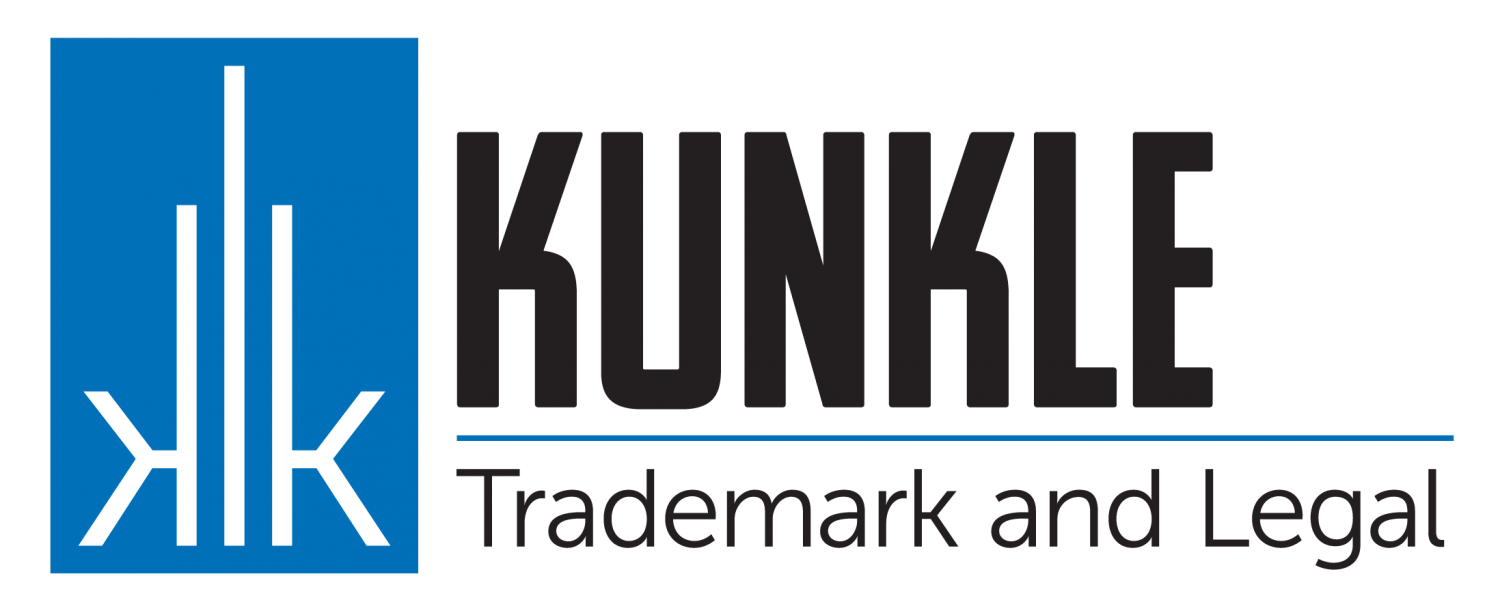Trademark Enforcement Options – FAQ
What are My Trademark Enforcement Options?
Answer: Deciding on the right trademark enforcement options may seem pretty easy, but other options exist.
While trademark owners are not required to sue all trademark infringers, not taking some type of action can weaken the trademark as a "source identifier" and weaken the value of the mark. Trademark Owners who fail to enforce their trademark entirely risk abandoning their rights to the mark. Deciding on your company's trademark enforcement procedure and policy can be very important.
Settlement
The most obvious alternative to litigation is settlement. Settlement can be used as a trademark enforcement tool as well and is always an option. Owners of trademark and infringers may be able to agree to some form of concurrent trademark use where one party uses the trademark in one geographic area, and the other uses it somewhere else. Another option for settling a trademark dispute is for one party to license the rights to the other. Settlement agreements allow senior trademark user to...
